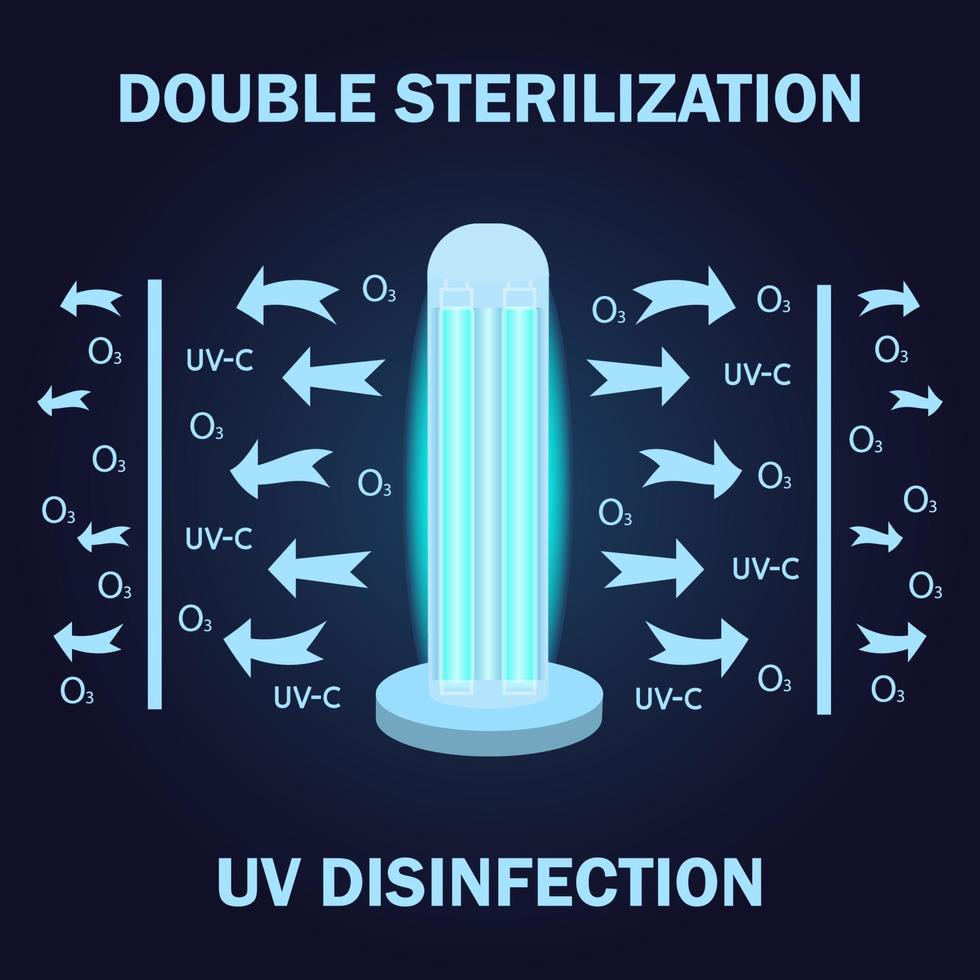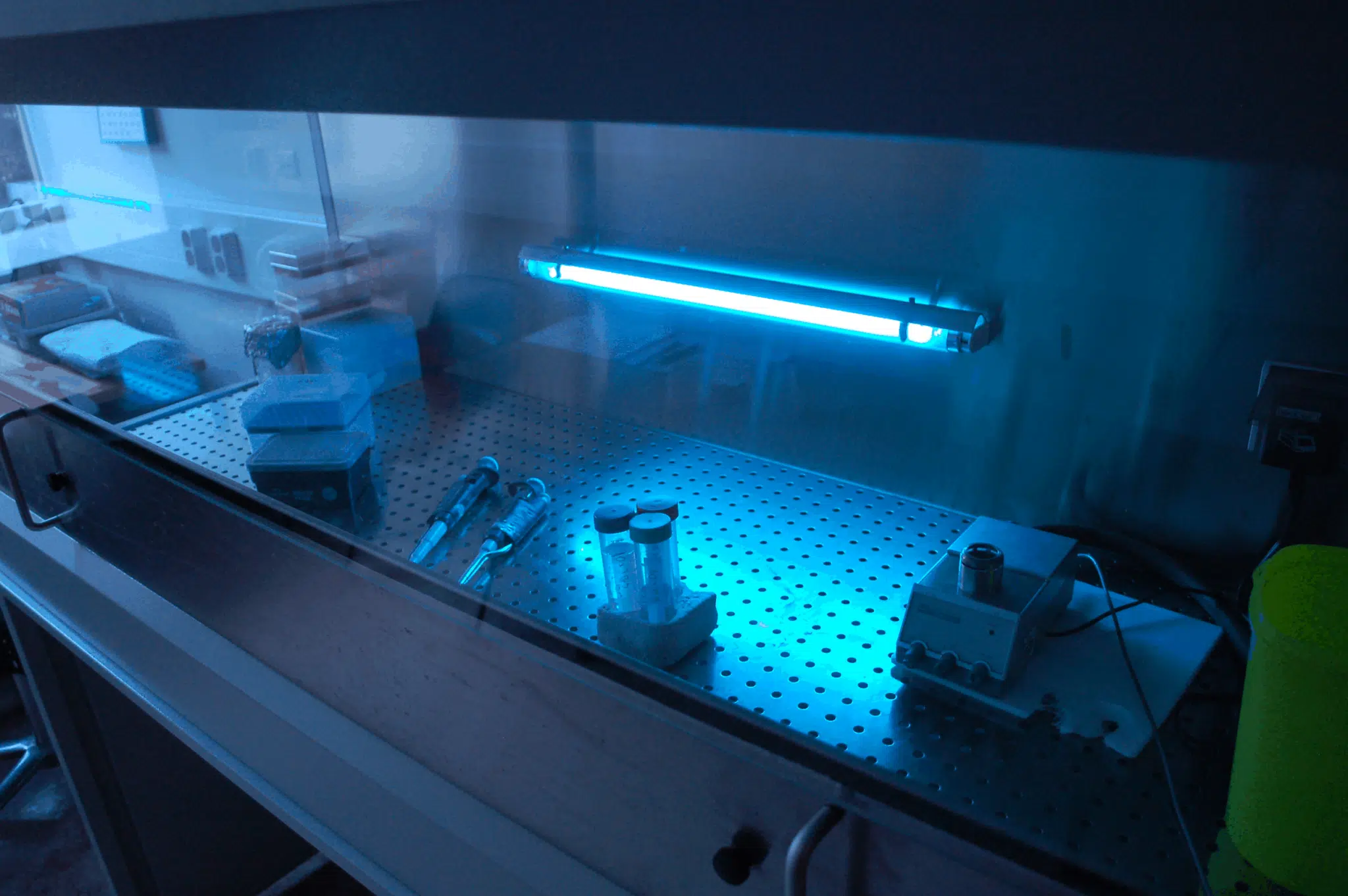UV Disinfection: The Cutting-Edge Modern Technology Changing Hygiene Practices
In the world of cleanliness practices, one innovation has arised as a game-changer: UV disinfection. From medical care setups to food processing, UV disinfection is making its mark in various sectors.
How UV Disinfection Functions
UV disinfection functions by making use of ultraviolet light to destroy or inactivate microorganisms, offering a chemical-free and highly effective method of hygiene. This innovation utilizes the power of short-wavelength UV-C light, which can harming the DNA and RNA of microorganisms, hence making them unable to duplicate and cause damage.
The procedure begins with the installment of UV disinfection systems, which include UV lamps that release UV-C light. These lamps are purposefully placed in locations where microbial contamination is an issue, such as water treatment plants, hospitals, research laboratories, and food processing centers.
When bacteria are exposed to UV-C light, the photons permeate their cell wall surfaces and get to the DNA and RNA within. The high-energy UV-C photons interfere with the genetic product by producing bonds between surrounding nucleotides, causing the formation of thymine dimers. These dimers avoid the microbes from reproducing, making them safe.
UV disinfection is extremely effective against a wide variety of microbes, consisting of viruses, germs, and parasites. It is especially reliable against waterborne pathogens like E. coli, Giardia, and Cryptosporidium. In addition, UV sanitation is a chemical-free technique, eliminating the requirement for potentially hazardous disinfectants and lowering the risk of damaging disinfection spin-offs.
Advantages of UV Sanitation
UV disinfection provides many advantages in the field of hygiene, making it a highly favored technique for properly eliminating unsafe bacteria. Among the crucial benefits of UV sanitation is its capability to supply a chemical-free service. Unlike conventional disinfection methods that depend on chemicals, UV disinfection makes use of ultraviolet light to damage the DNA of bacteria, rendering them unable to recreate and create infections. This not just removes the demand for potentially unsafe chemicals yet likewise decreases the threat of chemical deposit on surfaces.

UV disinfection is additionally extremely functional in its applications. It can be utilized in numerous setups, consisting of health centers, schools, food processing facilities, and water therapy plants. UV sanitation systems can be conveniently integrated into existing cleanliness methods, offering an added layer of protection against contagious illness.
Along with its performance and versatility, UV disinfection is additionally ecologically friendly. It does not generate any kind of dangerous results or residues, making it a risk-free and sustainable technique for hygiene - uv surface disinfection. UV sanitation requires minimal upkeep and has a lengthy life-span, resulting in cost savings in the lengthy run.
UV Sanitation in Health Care Settings
In healthcare settings, UV disinfection has actually arised as a cutting-edge technique for effectively getting rid of hazardous microbes. UV disinfection functions by producing ultraviolet light at a specific wavelength that is dangerous to microorganisms, viruses, and other microorganisms.
First of all, UV disinfection is a non-chemical approach, making it an eco pleasant alternative compared to traditional disinfection methods that often entail the use of severe chemicals. Using UV light removes the requirement for chemical disinfectants, decreasing the risk of hazardous residue or chemical direct exposure to both clients and healthcare employees.
In addition, UV disinfection is highly effective in eliminating a wide variety of microbes, including drug-resistant germs such as MRSA and C. difficile. It provides a consistent and trustworthy sanitation process, making sure that all surface areas and equipment are completely disinfected, even in hard-to-reach areas.

UV Sanitation in Food Processing
The application of UV disinfection expands beyond medical care setups and finds substantial value in the world of food processing. uv surface disinfection. UV sanitation technology is becoming significantly prominent in the food industry as a result of its capability to successfully get rid of hazardous pathogens and boost food security
Among the main benefits of UV disinfection in food processing is its capacity to target a large range of microorganisms, consisting of molds, germs, and viruses. By utilizing UV light at specific wavelengths, it is possible to interfere with the DNA and RNA of these microorganisms, providing them incapable to recreate or trigger harm. This modern technology can be put on numerous stages of the food handling chain, including surface area sanitation, equipment sanitation, and water treatment.
UV disinfection supplies a non-thermal and chemical-free approach More hints of sanitizing food products. Unlike traditional sanitation approaches that rely upon chemicals or warm, UV technology does not leave any kind of deposit or change the taste, appearance, or dietary value of the food. This makes it a suitable option for markets that require rigorous adherence to top quality requirements.
Additionally, UV disinfection systems are very easy to run and set up, needing very little upkeep. They can be incorporated right into existing processing lines without triggering substantial disturbances to the production process. In addition, UV systems have a quick therapy time, allowing for continuous processing and lowering downtime.
The Future of UV Sanitation

One area where UV disinfection is expected to make substantial innovations is in the area of medical care. With the rise of antibiotic-resistant bacteria and the requirement for much more effective sanitation methods, UV light has the prospective to play a critical duty in reducing healthcare-associated infections. UV disinfection systems can be utilized to sanitize surface areas, devices, and also the air in medical care centers, helping to prevent the spread of hazardous virus and enhance patient security.
Another market that could benefit from developments in UV sanitation technology is the food market. UV light has actually already proven to be a reliable technique for decontaminating food and minimizing the threat of foodborne diseases. As modern technology improves, we can expect to see a lot more efficient and cost-effective UV sanitation systems being executed in food handling plants, guaranteeing that the food we consume is safe and devoid of hazardous microorganisms.
Final Thought
To conclude, UV disinfection is a cutting-edge innovation that is changing hygiene practices in medical care setups and food processing. By utilizing UV light to kill or shut off web link microorganisms, it supplies many benefits such as safety, efficiency, and effectiveness. With recurring innovations in this field, UV disinfection holds terrific possible for the future of cleanliness, providing a sustainable and reputable solution for preserving tidy and sanitary atmospheres.
UV disinfection is a chemical-free approach, getting rid of the requirement for possibly unsafe disinfectants and minimizing the risk of hazardous disinfection spin-offs.
Unlike traditional sanitation methods that depend on chemicals, UV disinfection uses ultraviolet light to ruin the DNA of bacteria, providing them incapable to reproduce and create infections. Unlike conventional disinfection approaches that count on chemicals or warm, UV technology does not leave any deposit or modify the preference, appearance, or nutritional worth of the food. click this site As technology improves, we can anticipate to see more efficient and affordable UV disinfection systems being implemented in food handling plants, making sure that the food we eat is risk-free and totally free from unsafe bacteria.
In conclusion, UV disinfection is an innovative innovation that is transforming cleanliness practices in health care settings and food processing.